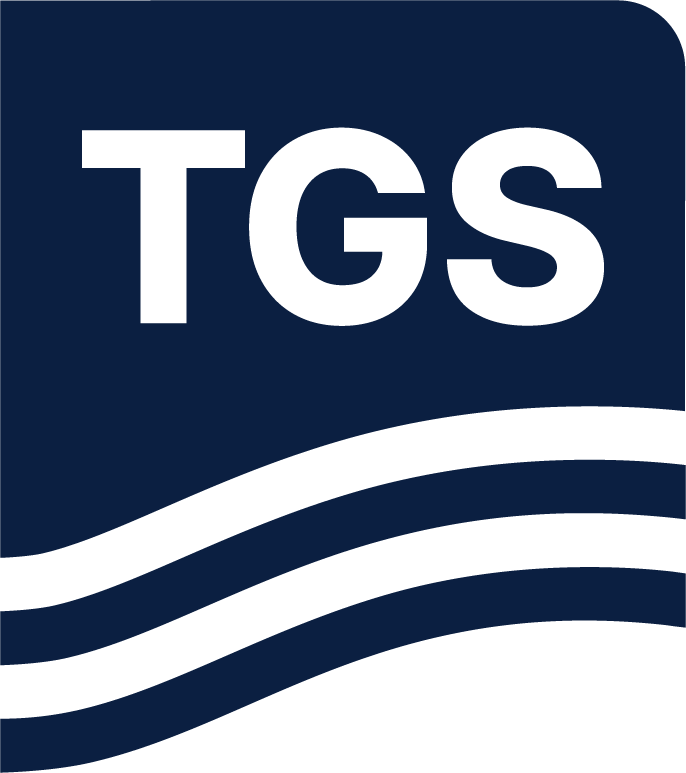Paper Summary
Standard shot-based one-way wavefield extrapolation (WE) preSDM techniques image the
subsurface by continuing the source and receiver wave-fields for each shot. The imaging condition is invoked by cross correlating these two wave-fields at each depth level, and then summing the contributions from all shots in the aperture to form the image.
One of the assumptions made in using this technique is that the wave-fields travel along the
direction of extrapolation only in one direction: downwards for the source wave-field, and upwards for the receiver or scattered wave-field.
In practice, each of these wave-fields will generally travel both up and down when the velocity
model is complex, when turning (diving) ray-paths are involved, or when multiples are being
generated. In addition, approximations in the extrapolation techniques usually limit the dips present in the final image to less than seventy degrees. Steeper dips, and turning rays are usually imaged using Kirchhoff techniques, but these fail to deliver acceptable images once we have a multipathing problem.
One technique which can address all these issues is migration using the two-way wave equation. Here, we have used an anisotropic reverse time migration (RTM) algorithm to achieve this. RTM
properly propagates the wave-field through velocity structures of arbitrary complexity, correctly
imaging dips greater than 90 degrees. It even has the potential to image with internal multiples
when the boundaries responsible for the multiple are present in the model.
Although hitherto considered economically impracticable, recent enhancements to computing
capacity, both in terms of CPU speeds and highly efficient hardware infrastructure, have made
RTM commercially viable.
Following an historical review of the approximations used in migration, we will show anisotropic
RTM examples from the North Sea, outlining the potential benefit of model building and migrating with the full acoustic two-way wave equation.

